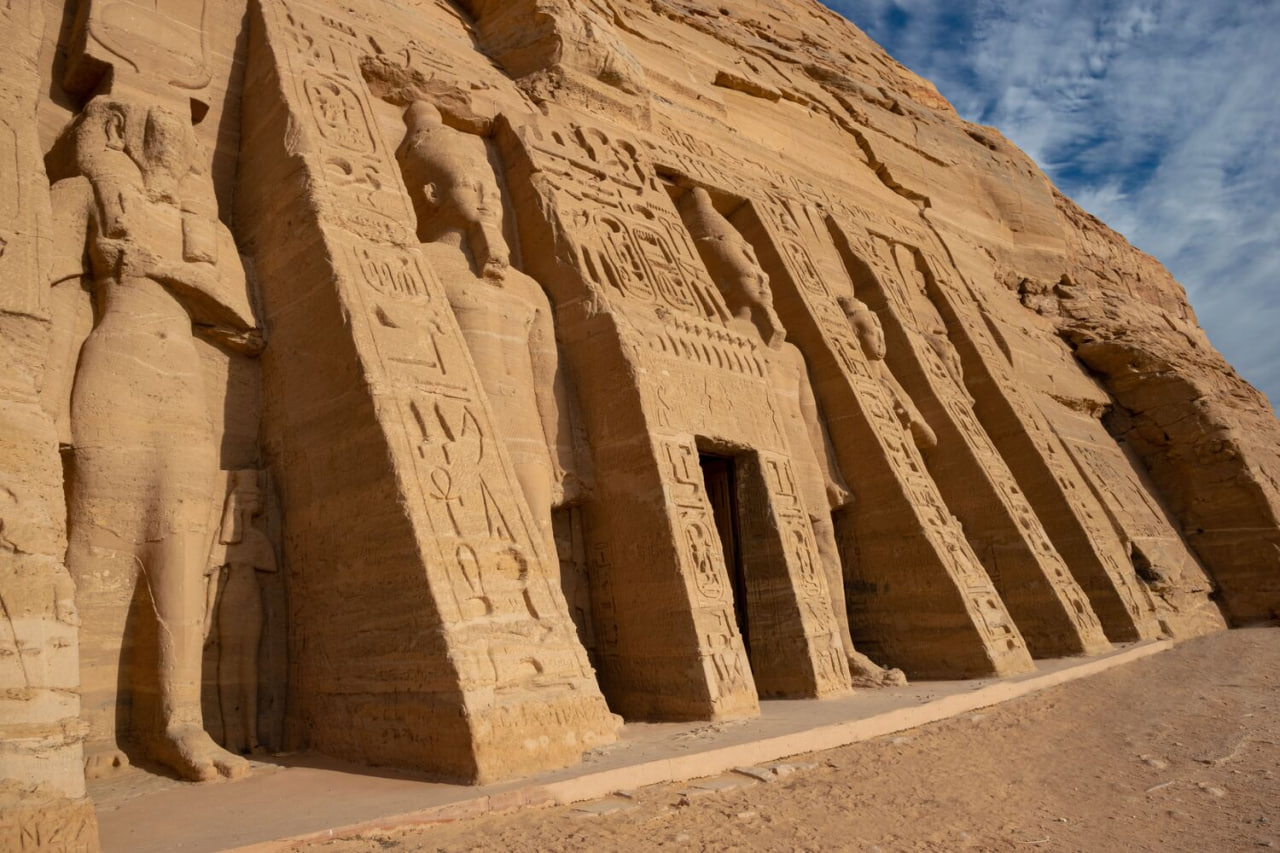Human history is defined by the innovations that transformed societies, reshaped economies, and expanded the boundaries of human potential. From the earliest agricultural tools to monumental architectural feats, innovations enabled civilizations to thrive, communicate, and influence the world. By examining the technological, cultural, and scientific breakthroughs of the past, we can understand how human creativity and problem-solving shaped societies and laid the foundations for future progress.
Agricultural Innovations
Agriculture was the cornerstone of early civilizations, providing the stability necessary for cities, governance, and trade. The development of irrigation systems allowed communities to control water supply, expand farmland, and increase crop yields. The plow, domestication of animals, and crop rotation enhanced productivity, supporting population growth and urbanization.
Civilizations such as Mesopotamia, Egypt, and the Indus Valley leveraged agricultural innovation to build surplus food stores, enabling specialization of labor and the emergence of artisans, scholars, and administrators. The ability to manipulate the environment through technology marked a crucial turning point in human history, establishing the conditions for complex societies to flourish.
Writing and Record-Keeping
The invention of writing revolutionized civilizations by enabling the recording and transmission of knowledge. Sumerians developed cuneiform, while Egyptians created hieroglyphics, and the Chinese developed early logographic scripts. Writing allowed societies to document laws, trade transactions, religious practices, and historical events.
Record-keeping fostered administration and governance, ensuring continuity across generations. Written language enabled the codification of legal systems, such as the Code of Hammurabi, and the preservation of scientific, literary, and philosophical knowledge. Innovations in communication transformed how societies organized, learned, and interacted, establishing the foundation for education and cultural development.
Architectural and Engineering Feats
Architectural innovation reflected the ingenuity and ambition of civilizations. Monumental constructions, such as the Egyptian pyramids, Roman aqueducts, and the Great Wall of China, demonstrated technical mastery, societal coordination, and artistic expression. Innovations in materials, tools, and techniques allowed builders to create structures that endured for centuries.
Engineering advancements facilitated urban planning, water management, and transportation. Roads, bridges, and canals connected regions, enabling trade, military campaigns, and cultural exchange. These innovations not only improved the quality of life but also reinforced social hierarchy and political authority, showcasing the civilization’s capabilities to both citizens and rivals.
Scientific and Mathematical Progress
Scientific observation and mathematical innovation propelled civilizations forward. Ancient Egyptians and Babylonians developed systems of measurement, astronomy, and geometry to solve practical problems in agriculture, construction, and navigation. Greek philosophers formalized principles of logic, physics, and medicine, influencing subsequent generations of scholars.
In China, inventions such as the compass, paper, and printing transformed knowledge dissemination, trade, and governance. These scientific and mathematical breakthroughs enabled societies to predict natural phenomena, optimize resources, and create technologies that shaped daily life. The cumulative effect of these innovations strengthened civilizations and provided the intellectual framework for future discovery.
Trade and Transportation
Trade networks were critical in spreading innovations, ideas, and culture. The Silk Road connected East and West, facilitating the exchange of goods, technologies, and philosophies. Maritime advancements, such as improved ships, navigational tools, and mapping techniques, allowed civilizations to explore new territories, establish colonies, and expand influence.
Transportation innovations also promoted economic growth, enabling access to raw materials and markets. Roads, ports, and caravans enhanced connectivity, fostering cultural interaction and accelerating technological adoption across regions. Civilizations that mastered trade and transport often achieved greater prosperity and resilience, demonstrating the importance of connectivity in shaping human history.
Governance and Social Organization
Political and administrative innovations played a vital role in sustaining civilizations. The development of centralized governments, legal systems, taxation, and bureaucracies allowed societies to manage resources, enforce laws, and maintain order. Concepts such as representative assemblies, codified laws, and civic institutions helped regulate complex societies.
Innovations in governance ensured stability, encouraged civic participation, and facilitated large-scale projects, from irrigation networks to monumental architecture. Societies that adapted their administrative structures to changing conditions were more likely to survive and thrive, illustrating how social organization itself is a form of innovation that influences the course of history.
Cultural and Artistic Innovations
Civilizations also advanced through cultural and artistic creativity. Music, literature, visual arts, and theater shaped identity, values, and communication. Innovations in storytelling, religious rituals, and artistic expression reinforced social cohesion and transmitted knowledge across generations.
Cultural achievements often reflected technological advances. For example, the development of pigments and sculpting tools enabled intricate artworks, while architectural innovations provided stages for performance and public gatherings. These innovations strengthened collective identity, promoted civic pride, and allowed societies to leave enduring legacies.
Technology and Warfare
Military innovations, including weapons, armor, fortifications, and tactics, influenced the rise and fall of civilizations. Strategic use of technology, from chariots and siege engines to crossbows and gunpowder, determined the outcome of conflicts and the expansion of territories.
Innovations in defense and offense not only shaped military campaigns but also drove advancements in engineering, logistics, and communication. Civilizations that effectively integrated military technology with social, economic, and political structures often achieved greater longevity and influence.
The Interconnectedness of Innovations
No single innovation exists in isolation; advances in one area often stimulate progress in others. Agricultural surplus enables urban development, which supports specialized labor, governance, and cultural production. Writing and record-keeping facilitate administration, law, and science. Trade spreads technology, ideas, and cultural practices, creating a network of progress that accelerates societal growth.
Civilizations that successfully harnessed interconnected innovations demonstrated resilience, adaptability, and influence across regions and generations. Studying these innovations helps us understand the mechanisms of societal development and the cumulative impact of human creativity.
Enduring Impact
The innovations of past civilizations continue to influence the modern world. Agricultural techniques, mathematical principles, governance systems, artistic traditions, and scientific methods form the foundation of contemporary society. By examining the innovations that shaped civilizations, we gain insight into the ingenuity, resourcefulness, and vision that drive human progress, offering lessons for addressing today’s challenges and building sustainable futures.

